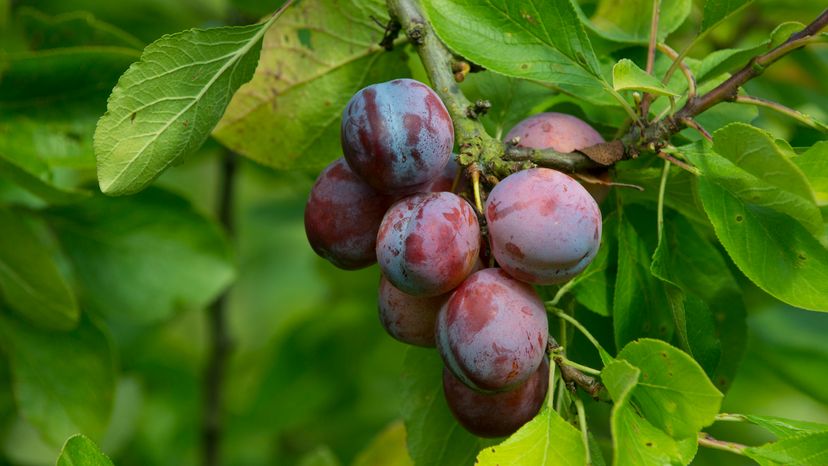
Key Takeaways
- You can grow a plum tree from a pit, but the fruit quality and plant characteristics may vary since many plums are from hybrid trees.
- To start, place the pit in water to test its viability (it should sink), then store it in a refrigerator within moist compost or peat moss for 6 to 8 weeks until it sprouts.
- Once it has sprouted, plant the pit in soil mixed with compost and protect it with hardware cloth to prevent animals from digging it up. Transplant the sapling after a year if necessary.
Although you can grow a plum tree from a pit, be aware that many plums come from hybrid trees. A tree that grows from such a pit may not grow fruit, and even if it does, the fruit may not have the same quality and taste as the plum whose pit you planted [source: Do It Yourself].
Bearing this in mind, here's what you'll need to grow a plum tree from a pit:
Advertisement
- A plum pit of the desired variety (a self-fertilizing type is best)
- Zip-lock bag
- Compost or peat moss
- Hardware cloth
Let's go grow a plum tree:
- Place the pit in a bucket of water and see if it stays afloat or sinks. If it floats, the pit is no good and shouldn't be planted. If it sinks, it should grow.
- Dry the pit thoroughly and put it in a zip-lock bag with some compost or peat moss.
- Place the bag in the refrigerator and maintain the pit's temperature at around 40 degrees Fahrenheit (4.4 degrees Celsius) for six to eight weeks.
- Check the pit frequently after about five weeks. When it cracks and sprouts, remove it from the refrigerator.
- Prepare the soil for planting by combining two parts soil with one part compost. Try to do this about a week before the pit is ready. If it hasn't started sprouting by the fifth week, start preparing the soil then.
- Plant the pit 4-inches (101.6-millimeters) deep in the soil.
- Place a hardware cloth over the area until the sprout breaks through the surface. This will keep animals from digging up the pit
- Transplant the sapling after a year, if necessary, to the place where you want it to grow permanently. Spring is the best time for transplanting [source: Garden Guides].
Advertisement